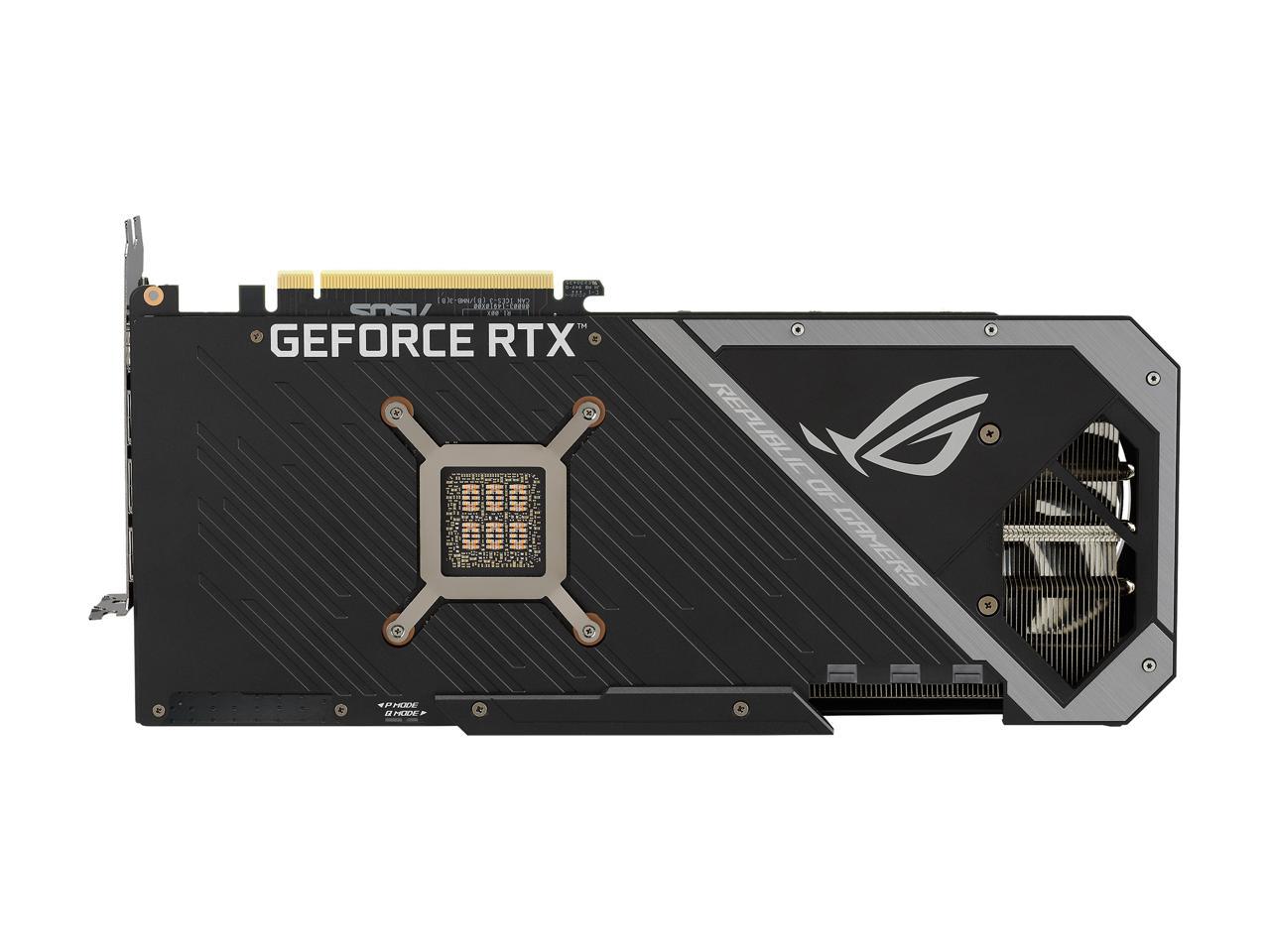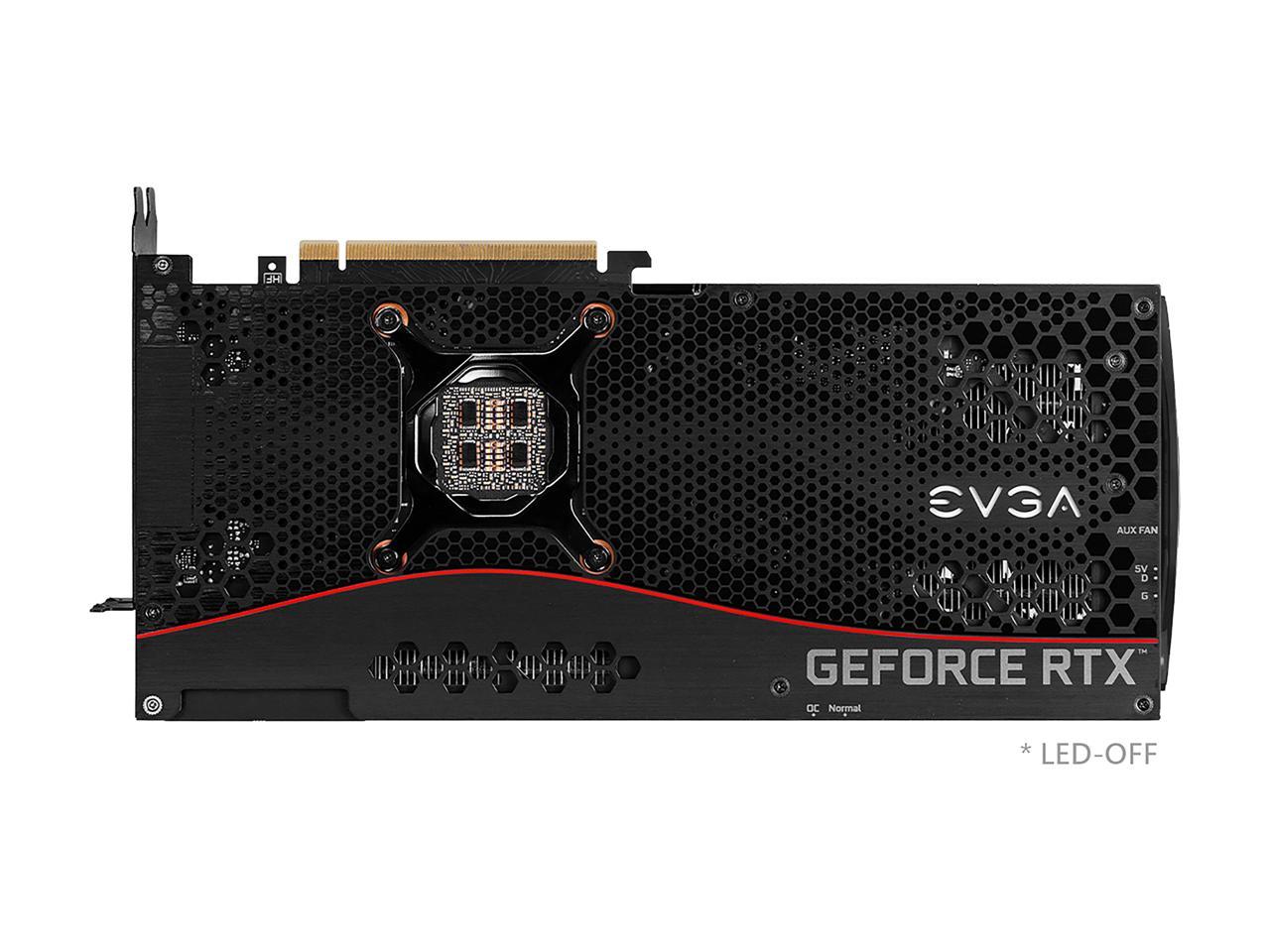(This video is pretty much the only resource I could find that looks at thermals/VRM and so on when it comes to differentiating the models, but there are no real-life tests in games to see the practical difference, so, it's somewhat limited).
Hey, guys, with the upcoming 4000 series launching, I have a question and I've searched far and wide and can't seem to find the answer. As we know, the 3080Ti STRIX is the priciest out there, its VRM design is (quoting) - "the best on the market", but the price between a STRIX and another model from another vendor is like ~20-30% higher. It it justified? And, to provide context, I mean that, at most, you can only boost ~100-150 on the clock at best from what I've seen, which isn't more than 10 or so FPS from what I gather...and that's my problem.
There's no data comparing AIB cards and their performance under the same circumstances. Does anyone have a document/video I can look over? In essence, I'm wondering if it's worth paying that "STRIX" premium. I am looking to buy a 4090 the second it launches, I'll be gaming at 4090 and I know that it'll be enough to give me 120-140 FPS at max on all games at 1440p, but, I was thinking - hey, if I pay that "extra premium", I can squeeze A LOT MORE out of the card. Well, that's the assumption at least.
I don't mean to sound rude, I don't mind paying the extra, but, from what I gather, there's not much difference, so, why pay for it?
Hey, guys, with the upcoming 4000 series launching, I have a question and I've searched far and wide and can't seem to find the answer. As we know, the 3080Ti STRIX is the priciest out there, its VRM design is (quoting) - "the best on the market", but the price between a STRIX and another model from another vendor is like ~20-30% higher. It it justified? And, to provide context, I mean that, at most, you can only boost ~100-150 on the clock at best from what I've seen, which isn't more than 10 or so FPS from what I gather...and that's my problem.
There's no data comparing AIB cards and their performance under the same circumstances. Does anyone have a document/video I can look over? In essence, I'm wondering if it's worth paying that "STRIX" premium. I am looking to buy a 4090 the second it launches, I'll be gaming at 4090 and I know that it'll be enough to give me 120-140 FPS at max on all games at 1440p, but, I was thinking - hey, if I pay that "extra premium", I can squeeze A LOT MORE out of the card. Well, that's the assumption at least.
I don't mean to sound rude, I don't mind paying the extra, but, from what I gather, there's not much difference, so, why pay for it?



